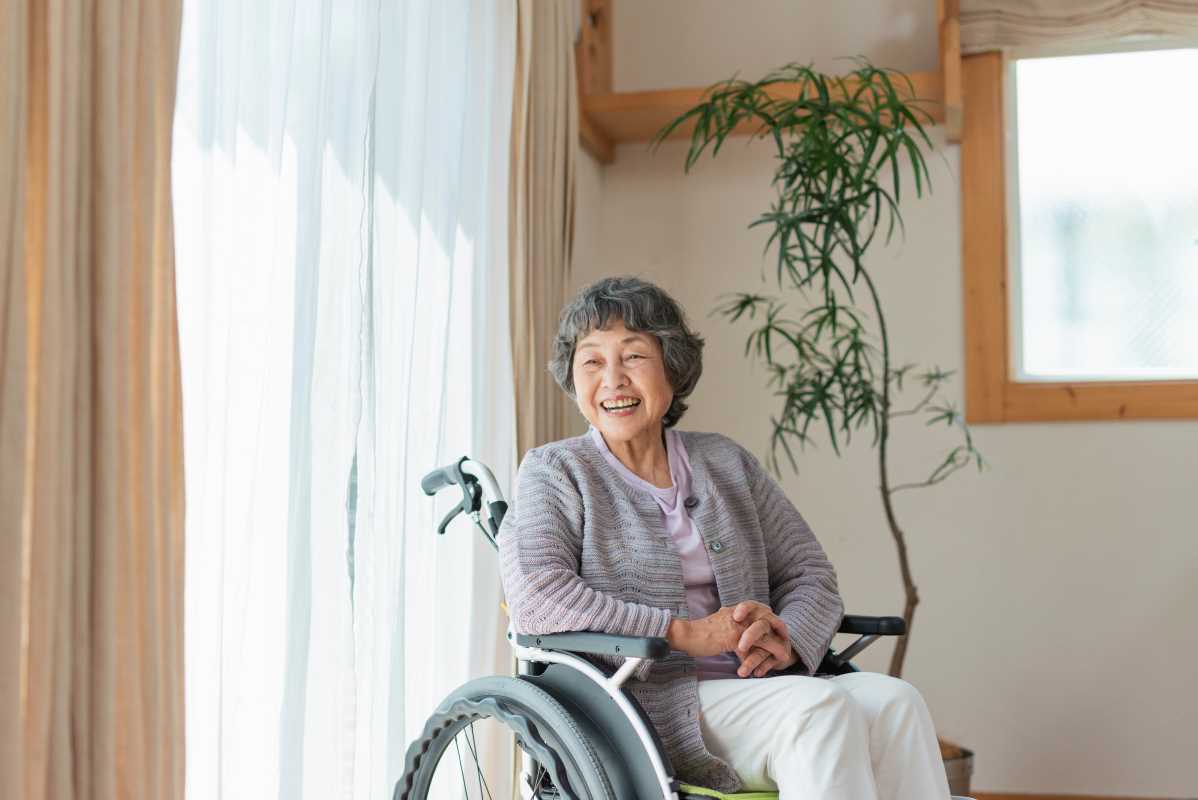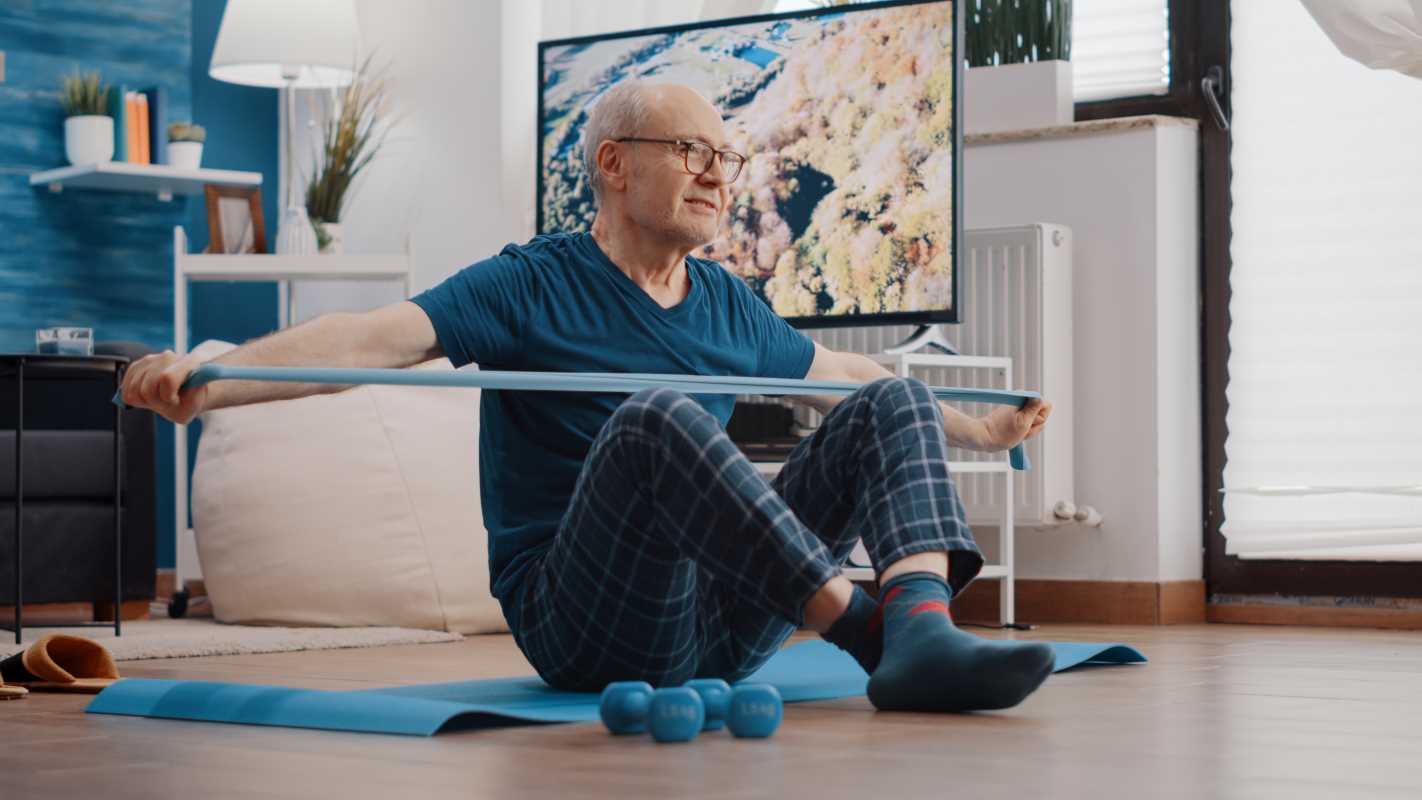Neuroplasticity, the brain's remarkable ability to reorganize itself by forming new neural connections, plays a crucial role in recovery from a stroke. When a stroke occurs, it can damage areas of the brain responsible for essential functions such as movement, speech, and cognition. Through neuroplasticity, the brain can compensate for this damage by reshaping its structure and function, allowing patients to regain lost abilities. Understanding and harnessing neuroplasticity is vital for developing effective rehabilitation strategies that enhance recovery outcomes for stroke survivors.
The Science of Neuroplasticity
Neuroplasticity involves several key mechanisms that facilitate recovery and adaptation in the brain:
- Synaptic Plasticity: This refers to the strengthening or weakening of synapses, the connections between neurons, which allows for learning and memory formation.
- Axonal Sprouting: After injury, neurons can extend their axons to form new connections with other neurons, bypassing damaged areas.
- Dendritic Branching: The growth of new dendrites increases the surface area for synaptic connections, enhancing neural communication.
- Functional Reorganization: Different regions of the brain can take over functions lost due to damage, promoting recovery of motor and cognitive skills.
- Myelination: The formation of myelin sheaths around axons improves the speed and efficiency of neural signal transmission.
These processes enable the brain to adapt to changes and recover functions by rerouting and optimizing neural pathways. Neuroplasticity is not only fundamental during early development but also remains active throughout adulthood, offering a window of opportunity for therapeutic interventions after a stroke.
Virtual Reality in Stroke Rehabilitation
Virtual Reality (VR) technology has emerged as a powerful tool in stroke rehabilitation, providing immersive and interactive environments that facilitate neuroplasticity. VR systems create simulated scenarios where patients can practice movements and cognitive tasks in a controlled and engaging setting. This technology allows for repetitive and task-specific training, which is essential for driving neural reorganization and recovery.
In therapeutic settings, VR can be tailored to individual patient needs, offering customized exercises that target specific impairments. For example, VR can simulate daily activities, enabling patients to practice motor skills in a safe and motivating environment. The real-time feedback provided by VR systems helps patients adjust their movements, enhancing the effectiveness of rehabilitation programs.
Benefits of Virtual Reality for Stroke Patients
Virtual Reality offers numerous advantages in the context of stroke rehabilitation:
- Enhanced Engagement: Interactive and immersive experiences keep patients motivated and interested in their rehabilitation exercises.
- Personalized Therapy: VR programs can be customized to address individual patient needs and progress at their own pace.
- Immediate Feedback: Real-time responses help patients correct movements and reinforce successful actions, promoting more effective learning.
- Safe Environment: Patients can perform high-risk or challenging tasks without the risk of injury, allowing for more comprehensive training.
- Data Collection: VR systems can track patient performance and progress, providing valuable data for clinicians to adjust treatment plans accordingly.
These benefits collectively contribute to more effective rehabilitation, enabling patients to achieve better functional outcomes and improve their quality of life after a stroke.
Challenges and Limitations
Despite its potential, the integration of VR technology in stroke rehabilitation faces several challenges:
- Cost and Accessibility: High costs of VR equipment and the need for specialized software can limit accessibility for some patients and healthcare facilities.
- Technical Expertise: Effective implementation of VR-based therapy requires trained personnel who can operate the technology and interpret the data it generates.
- Individual Variability: Patients have diverse needs and responses to VR therapy, making it difficult to develop one-size-fits-all solutions.
- Long-Term Effectiveness: While short-term benefits are evident, more research is needed to understand the long-term impact of VR interventions on stroke recovery.
- Integration with Traditional Therapy: Coordinating VR-based therapy with conventional rehabilitation methods requires careful planning and collaboration among healthcare providers.
Future Directions in VR and Neuroplasticity Research
The future of VR in stroke rehabilitation is promising, with ongoing advancements aimed at enhancing its efficacy and accessibility. Researchers are exploring the integration of artificial intelligence (AI) to create adaptive VR environments that respond dynamically to patient progress. This could lead to more personalized and effective therapy sessions tailored to individual needs.
Additionally, advancements in wearable technology and brain-computer interfaces (BCIs) are expected to further bridge the gap between VR and neuroplasticity. These technologies can provide more precise monitoring of neural activity and motor performance, enabling real-time adjustments to therapy protocols. Collaborative efforts between neuroscientists, technologists, and healthcare professionals will continue to drive innovation, potentially leading to breakthroughs that significantly improve stroke recovery outcomes.
As technology progresses, Virtual Reality is set to become an integral part of stroke rehabilitation, harnessing the power of neuroplasticity to restore function and enhance the lives of survivors. Continued research and development will likely uncover new applications and refine existing methods, paving the way for more effective and accessible therapeutic interventions.
The integration of Virtual Reality into stroke rehabilitation exemplifies how technological advancements can leverage neuroplasticity to facilitate recovery. By providing engaging, personalized, and effective therapy options, VR holds significant promise in improving outcomes for stroke patients. Future developments in this field are expected to further enhance the capabilities and accessibility of VR-based rehabilitation, offering hope for more comprehensive and lasting recovery solutions.
 (Image via
(Image via





